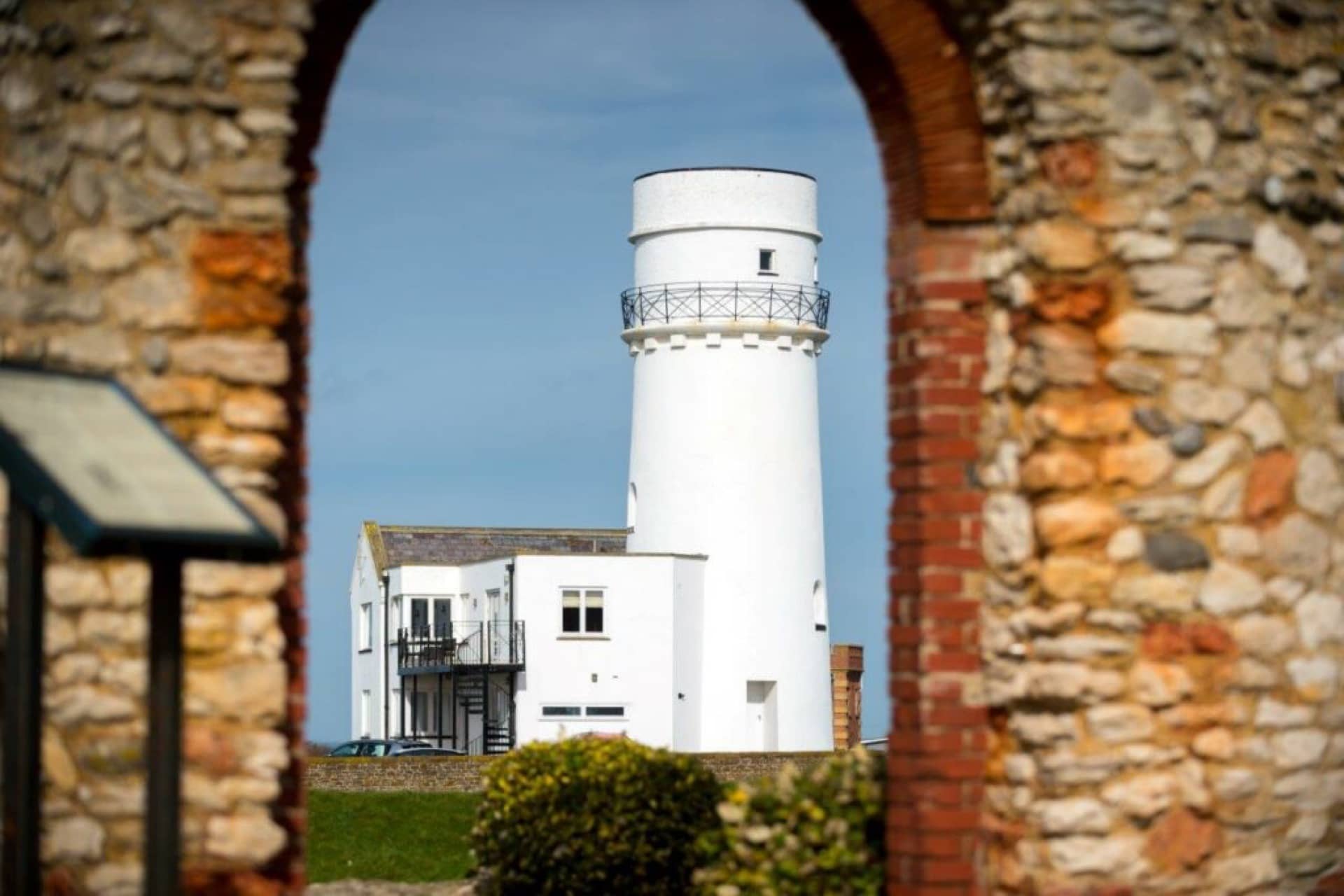How did a little wooden hut in Old Hunstanton play a crucial role in the outcome of the First World War?
The hut was named after Richard John Bayntun Hippisley, a keen amateur radio enthusiast (callsign HLX). At the outbreak of war, many wireless amateurs, including Bayntun and his friend Edward Russell Clarke (callsign THX), were assigned to the Admiralty’s Navel Intelligence Division Room 40 as ‘voluntary interceptors’, establishing a network of wireless stations. Bayntun and Russell Clarke had reported signals from the German Navy received on a lower wavelength than those detected by the higher frequency Marconi stations. In late 1914, Bayntun and Russell Clarke were sent to set up a listening post in a a former coastguard station in Hunstanton, West Norfolk, the highest point nearest the German coast, and home to an existing Marconi wireless station. The top secret work at Hippisley’s Hut played a critical role in the Battle of Jutland when an unusual level of German warship communication was detected in Wilhelmshaven in May 1916. The German fleet was stirring in the North Sea and thanks to wireless interception, the British fleet had warning. There was terrible loss of life, but the German navy was contained.
Today you can stay at what was known as Hippisley’s Hut. The original timber construction is now part of an elegant West Norfolk self-catering holiday home in the heart of the village, available with Norfolk Coast Cottages. Sleeping 10, it’s perfect for holidays with a sense of history.
